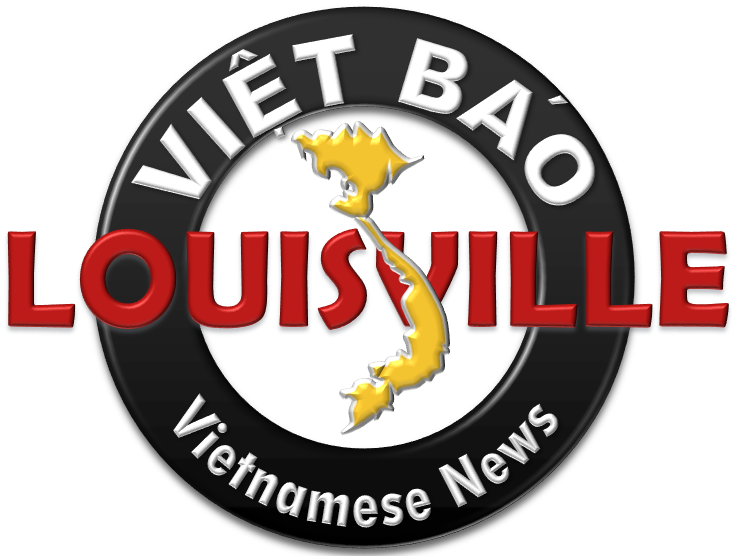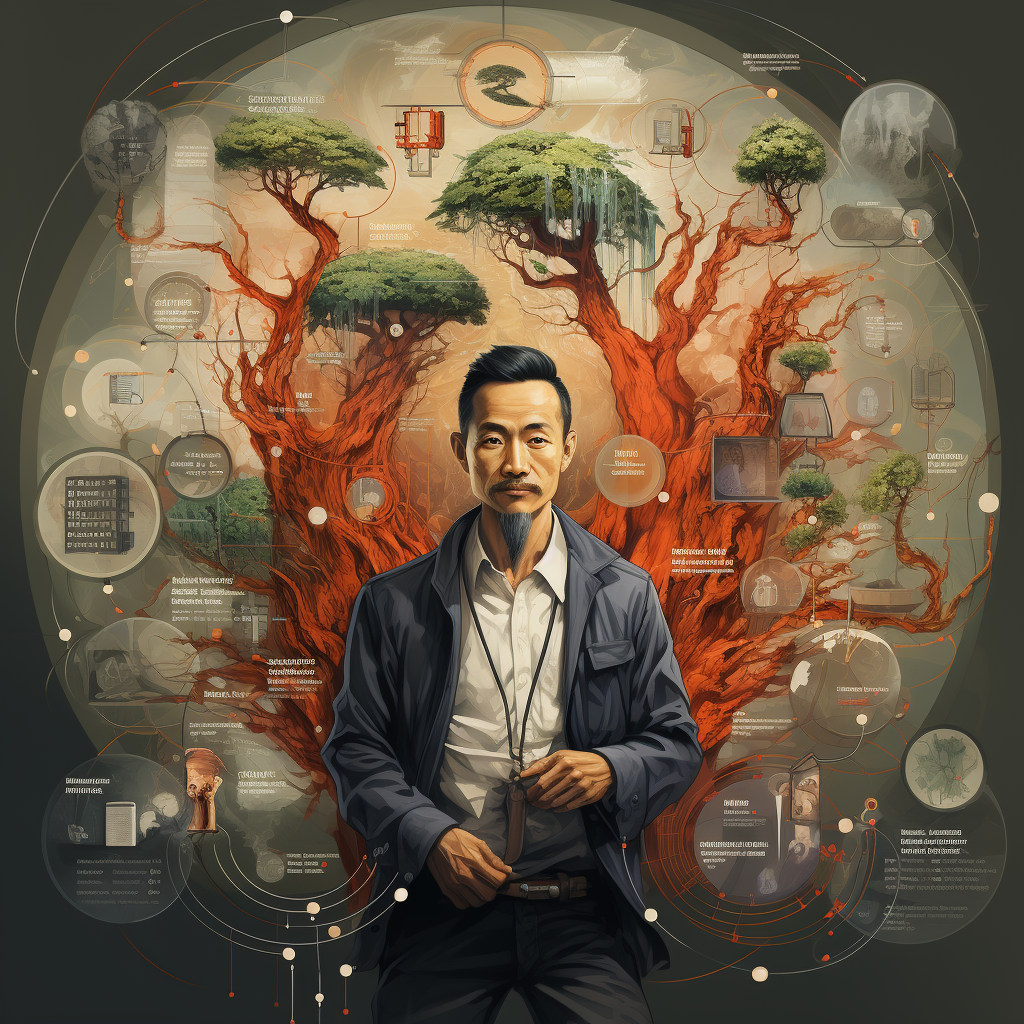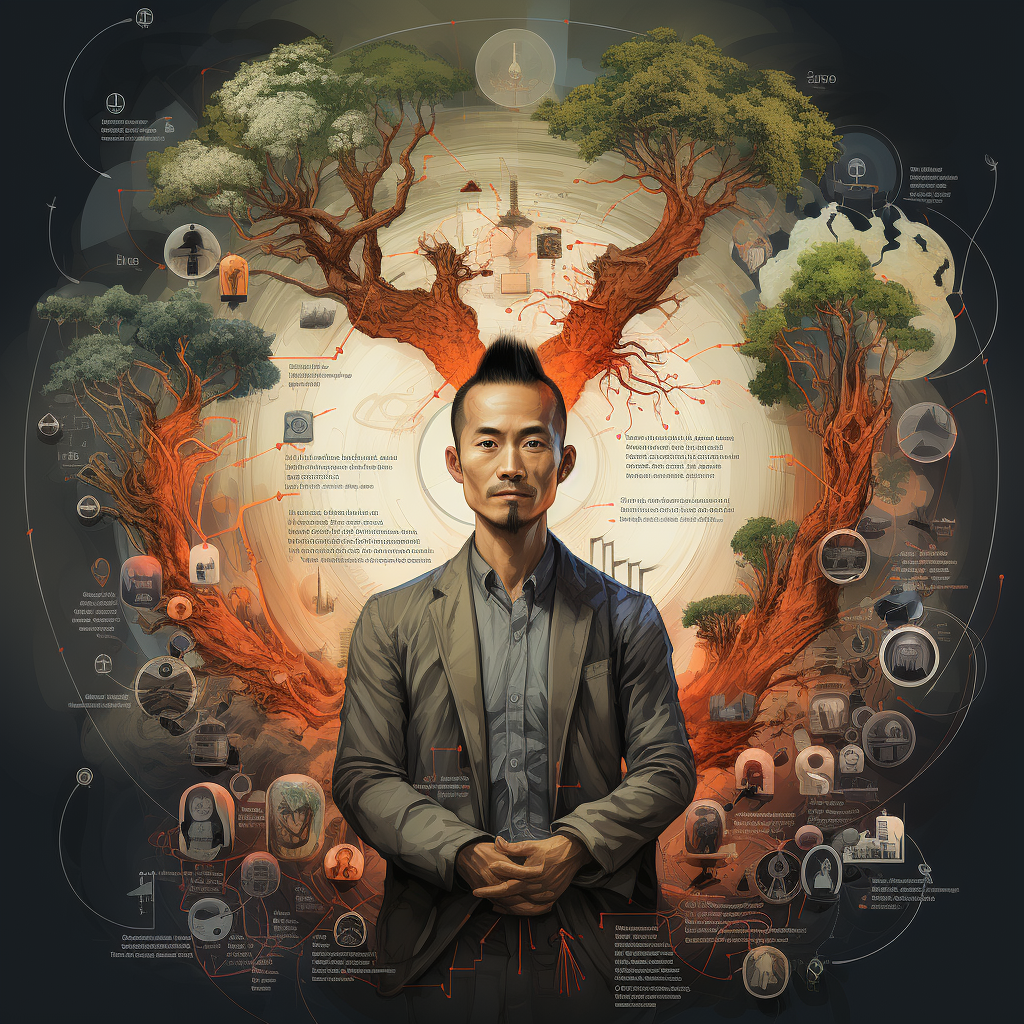In the heart of the Bluegrass State lies an industry teeming with innovation, artistry, and passion: the beauty industry. This bustling sector, however, requires efficient and informed governance to ensure that its standards reflect the diversity and complexities of the various professionals who make up its ranks. Central to this is Kentucky’s State Board of Cosmetology, the body responsible for upholding professional standards, implementing training requirements, and guiding the state’s beauty industry’s future.
However, there’s a glaring issue with this vital board’s composition: it mandates that only licensed cosmetologists can serve. This limitation not only stifles diverse voices but also overlooks the rich tapestry of expertise that other beauty professionals bring to the table.
The Expansive World of Beauty Cosmetology is not a one-size-fits-all profession. It spans haircare, skincare, nail treatments, and education across these fields. Each specialty brings its unique set of skills, insights, and challenges. Estheticians have expertise in skincare, nail technicians offer intricate nail artistry, and instructors provide the foundation upon which these professionals build their careers.
Safety through Diversity One of the primary objectives of the State Board of Cosmetology is to ensure public safety. By integrating experts from various fields, we can establish comprehensive guidelines that cover every facet of the beauty industry, ensuring that Kentucky’s citizens receive safe and top-notch services, irrespective of the treatment they opt for.
Fair Representation Kentucky’s beauty industry comprises diverse professionals, many of whom are minority salon owners who specialize in fields outside of cosmetology. Their absence on the Board creates a void, leading to potential oversight of the challenges and intricacies faced by these professionals.
Economic Growth through Inclusion By fostering policies that cater to every beauty sector, Kentucky can nurture growth that resonates across all professional domains. This means more job opportunities, greater economic contributions, and a thriving beauty sector that is reflective of Kentucky’s diverse population.
Redefining the Old Traditions form the bedrock of our society, but as times change, so must our practices. The current regulation, while rooted in history, now seems outmoded. For the beauty industry to flourish, our regulations must evolve to echo the diverse voices that define this sector.
Conclusion: Kentucky stands at a crossroads, with the opportunity to redefine its beauty industry’s future. By broadening the representation on the State Board of Cosmetology, we can usher in an era marked by inclusivity, innovation, and growth. It’s a clarion call to our state representatives: let’s embrace the diversity that’s the hallmark of our industry and, in doing so, set a precedent for other states to follow.
References:
- National Interstate Council of State Boards of Cosmetology, Inc. “NIC Model Rules & Regulations”. https://www.nictesting.org/
- Bureau of Labor Statistics. “Occupational Employment and Wages, May 2019: Skincare Specialists”. https://www.bls.gov/
- Lunn, M. (2019). “The Importance of Diversity in the Workplace”. Forbes. https://www.forbes.com/















